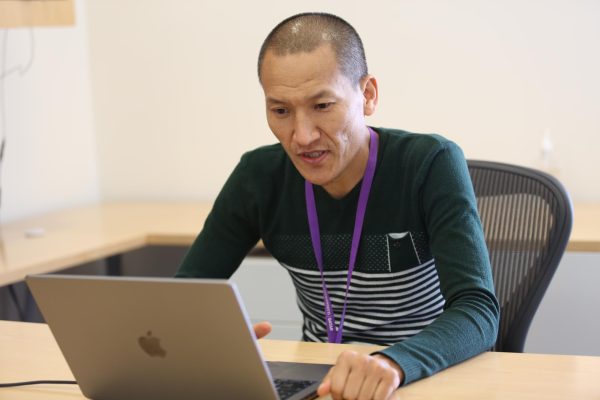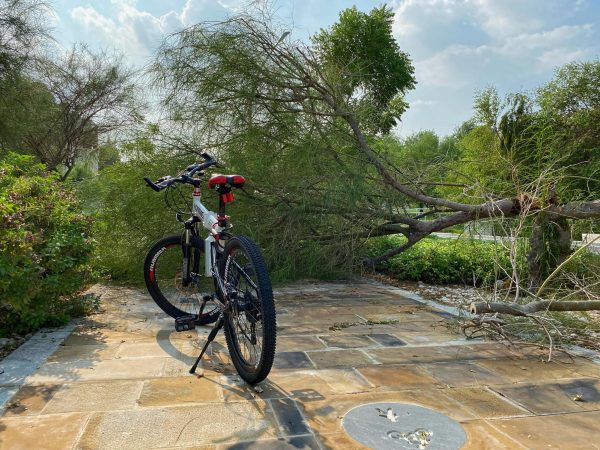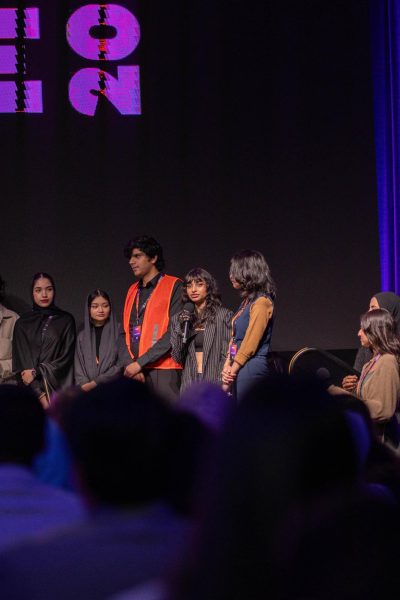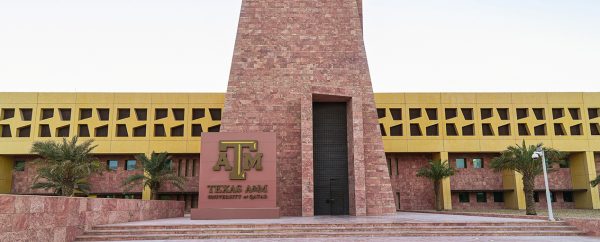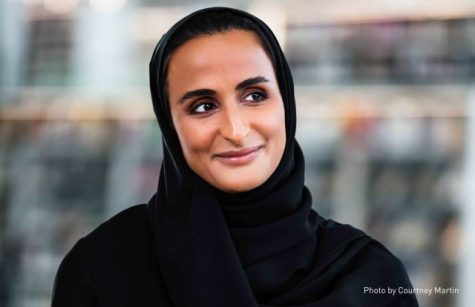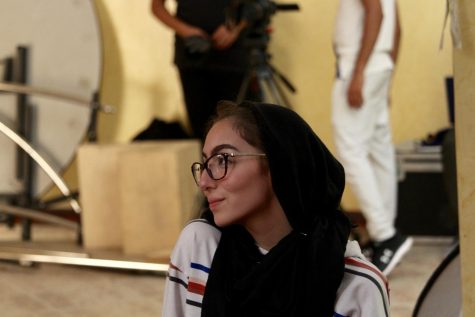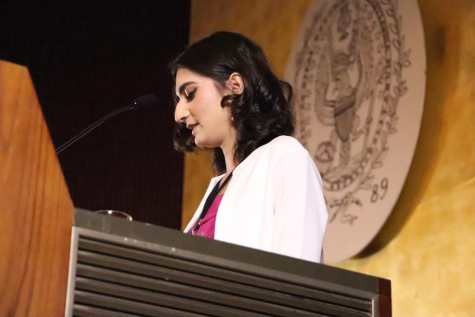Student multimedia website explores patterns of Qatar’s architectural evolution
When designing their houses, Qataris often go for Western styles due to lack of a local architectural identity. And unlike in the past, they are also no longer building their houses in the same neighborhood as of their tribe’s. These are some of the discoveries highlighted in “Building Doha,” a multimedia project created by 11 students from Northwestern University in Qatar.
Building Doha, an interactive website created in a journalism course at NU-Q, shows the growth of Qatar’s architecture since the discovery of oil in the late 1930s until the present.
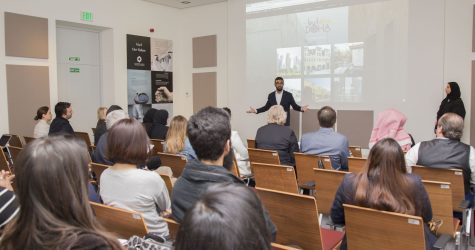
The website was launched on Feb. 8 at the Msheireb Enrichment Centre. It was created in five weeks through extensive research, reporting and investigative work. Students were split into different teams: marketing, print, audio, animation and video. The course, titled ‘Advanced Online Storytelling’ was taught by Christina Paschyn, assistant professor in the journalism program at NU-Q. The students received help and consultation from the Qatar Green Building Council, a non-profit organization working for environmentally and socially-responsible building practices in Qatar.
By combing different interactive features such as videos, photos, podcasts and written articles, the website aims to discuss the importance of Qatar’s changing architecture. The content focuses on the incorporation of historical elements into modern architecture, answering the main question: Is there an evolution in architecture in Doha?
“I had so many clients who don’t have any idea about architectural design. When it comes to their innovation and design, you find a strange mixture,” said Mishaal Al-Shamari, an engineer quoted on the website. “The house doesn’t have a real identity. You don’t know whether its modern, traditional, Italian or Mediterranean.”
However, like any journalism endeavor in Doha, the project was not without challenges. Architecture was a new and broad topic for the students.
“We did not know what to ask and who to talk to,” said Nayla Al-Naimi, a journalism junior and member of the print team, adding that the students had to knock on people’s doors to find sources for their stories.
During the first week of the class, representatives of QGBC organized a series of lectures on architecture and urban planning in Doha to introduce the students to the topic; the organization also assisted them with finding local sources to interview.
“We simply gave them a specific area [and] then they went on and explored the city, something that we wanted them to do. Like being in a sweet shop without anyone being there,” said Maureen Buja, a member of the QGBC.
Awad Al-Radi, a student who helped create the website said building it from scratch was also a challenge.
“We did not have experience with creating websites, [so] we kept navigating and playing around,” he said.
Through the use of visual tools like a timeline and a storybook, students show the history of Qatar’s architecture from the past to the present and how it has evolved. The historical timeline shows the expansion process starting from the courtyard houses to the present compounds located across the country.
At the launch event, the audience appeared impressed with the presentation of Building Doha.
“[Students] were enthusiastic, well-educated, bright and hungry, intelligent journalists,” said Alexandre Amato, head of sustainability at QGBC. Amato added that he was “absolutely delighted” by the efforts of the students.




